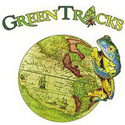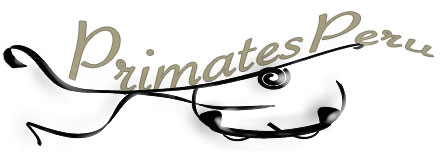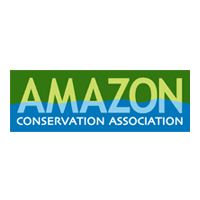Sani Lodge Pt.2 – The Place
Most of the Amazon basin is fairly flat. There are only a few hundred feet of elevational drop over several thousand miles before emptying into the Atlantic. This flat course means that rivers change constantly and rarely flow straight. In fact it is easy to travel 2, 3, or 4 times the total distance by river than by air. When rivers flood and recede they frequently chart a new course leaving old sections of the river ‘stranded’ into oxbow lakes. These lakes eventually fill in or dry up and return to forest.
Sani lodge rests on the shore of just such on oxbow called Laguna Challuacocha. It is still connected to the Rio Napo by a small channel so in essence it is a lake that is affected by the rise and fall of the Napo. This lake rimmed by grasses and water hyacinth is an ideal home for fish and amphibian species, which in turn is ideal habitat for birds, caiman, and other reptiles.
The view of the dock and main lodge buildings (lounge front and dining hall behind) as first viewed exiting the channel into Laguna Challuacocha.
Activities at Sani include paddling around the cocha to view this wildlife or hiking along a number of trails around the lodge. The trails pass through primary and secondary forest and a number of swamp systems. On the lagoon it is easy to view lots of birds and with luck find several species of monkeys crossing the channel of moving through the forest at waters edge. Nighttime canoe excursions are popular for caiman viewing. Spectacled caiman are most common but the protected region means that this is an excellent place to see the much larger and threatened black caiman. I’ve seen a number of 3m black caiman and on one trip slowly (and nervously) approached a 4-5m adult holding his aquatic turf.







3 comments
Hmmm. Having difficulties with the black caiman photo. How I would like to be able to click it to get a better size!
/Lars
Lars, the photos are not clickable. They are embedded flash files. Considering the relative uniqueness of my subjects, especially herps, I decided to do this to dissuade theft. That’s not a good caiman shot (lighting sucked) but it is the only full body shot I had. I’ll send you a larger version to look at.
[…] I’ve already mentioned the reptile and amphibian diversity of Ecuador. It is an amazing place to be sure. But for the reptile installment of this series I’m going to try something a little different. Instead of getting into the science of my finds I’m going to write about the encounters and the photo sessions. It should be obvious by now that I like to take photos of these animals. That means that I can have a few dozen shots or more of the same animal. If the animal and photo conditions are right then I’ll keep shooting, changing lighting, aperture settings, and compositions and poses. I do this because it’s not until reviewing lots of images that you can see what worked and what didn’t. I’d rather have the luxury of ignoring lesser shots while having a gallery quality keeper than getting home and seeing that the shot I thought was cool really just doesn’t cut it on serious evaluation. Little things like crossed toes, misplaced twigs and leaves, little clumps of dirt on the animal, and other imperfections are easily missed during a live shoot. My attention is usually pulled towards keeping the animal from disappearing off into the forest. In the case of some of these animals it took many years to come across a particular species so it will be tough to get a re-shoot in the future. Some animals just don’t lend themselves to exciting images. Most don’t offer any cooperation. Actually, it seems to take the convergence of a cooperative animal, luck, locating the perfect scene/backdrop, luck, time to experiment, assistance, and an eye to balance composition against the natural world of the animal. Oh, and a little luck. […]